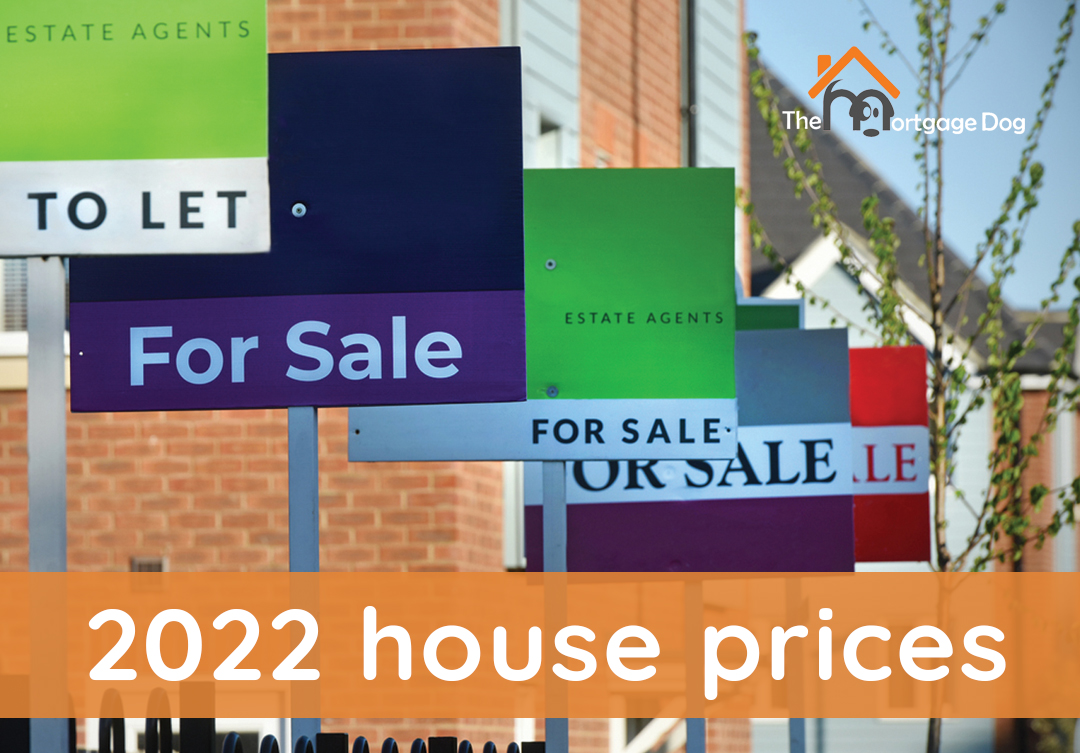
What can we expect from house prices in 2022?
As we look forward to another 12 months, what can we expect from house prices in 2022?
We haven’t got access to a crystal ball, but looking at data from various industry reports that helps draw conclusions. Of course, no one expects the unexpected, so our outlook is based on data available at the time of writing.
The past 12 months
The price of houses rose at their fastest pace in 15 years in the three months to the end of November 2021, says Halifax. Their survey shows that prices rose by 3.4% over the period, which is the highest quarterly rise since 2006. This means the average property is now worth £20,000 more than a year ago.
Since the lockdown almost two years ago, house prices rose quickly due a number of factors. These included:
- Fewer properties as new-builds were delayed by shortages due to Covid
- Working from home meant more people needing larger properties
- High demand for housing outside London as people relocated
- Stamp Duty holiday saved buyers up to £15,000
All these factors helped prices rise, which also created issues for first-time buyers. Many houses outside London were snapped up by those relocating who took advantage of the Stamp Duty holiday. As a result, demand outstripped supply and prices rose, with deposits also increasing.
But in 2021, the Property Marketing Intelligence Report showed smaller properties preferred by first-time buyers better began to hit the market. This all helped 1.5 million homes changed hands in 2021. That’s the busiest market since 2006.
Demand and house prices in 2022
As we move into a new year, a survey by Zoopla shows 22% of people currently want to move. In a normal year, that figure is usually around 5%.
What this means is that as we enter the first few months of the year, demand is likely to remain buoyant and prices will be steady.
At the moment, house prices in the North East are around 6.7% higher than they were at the same time in 2021. The average price of a house in the region, according to the Property Marketing Intelligence Report, was £178,000 in January 2021. It forecasts that prices will modestly increase to £181,000 this month (January 2022).
Whilst this is higher than 12 months ago, it’s still lower than summer 2020, when North East average house prices were £199,000.
Interest and inflation
The biggest drag on the housing market is likely to be inflation, which financial experts predict will peak at 5% in 2022. When inflation rises, interest rates are often increased to counteract that. Here’s a full explanation about interest rates.
Interest rate rises mean mortgage loans become more expensive, pricing some people out of the market. The Bank of England increased its rates from 0.1% to 0.25% in December.
Rising inflation means the cost of living (food, fuel and other bills) rises, so many cannot afford to spend as much on a mortgage.
This could slow down the market, especially if interest rates continue to increase.
All this means there might be a drop in house prices as the year progresses. But if demand remains high and new-build homes continue to be hit by material shortages, it could steady the market. This would mean little change in prices.
Whether you’re a first-time buyer, upsizing, downsizing or looking to move out of rental accommodation, the key is not to panic. Buying a house means assessing your ability to pay a mortgage without over-stretching yourself. So, make sure you get the best advice before you start looking for a home so you know what you really can afford.
